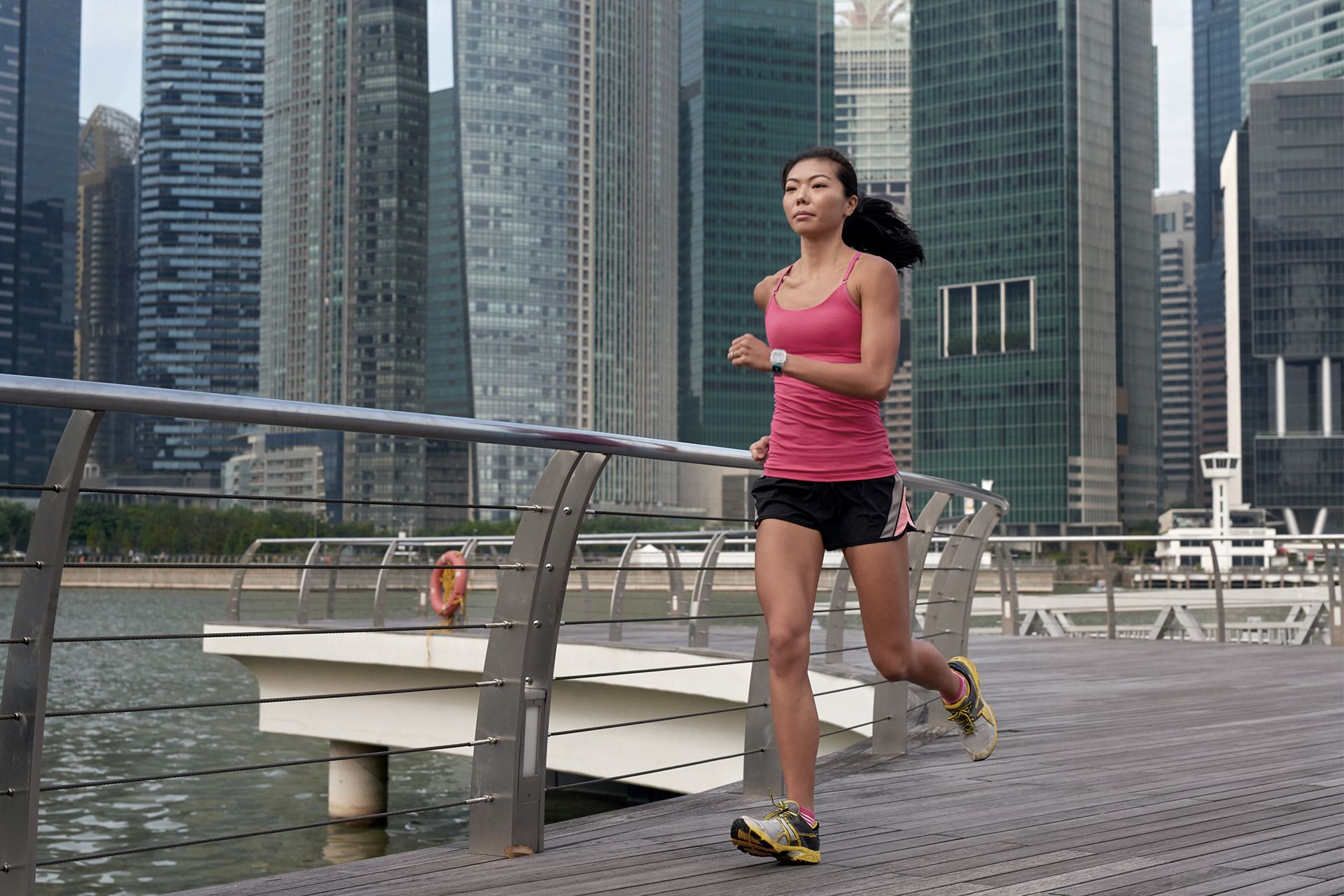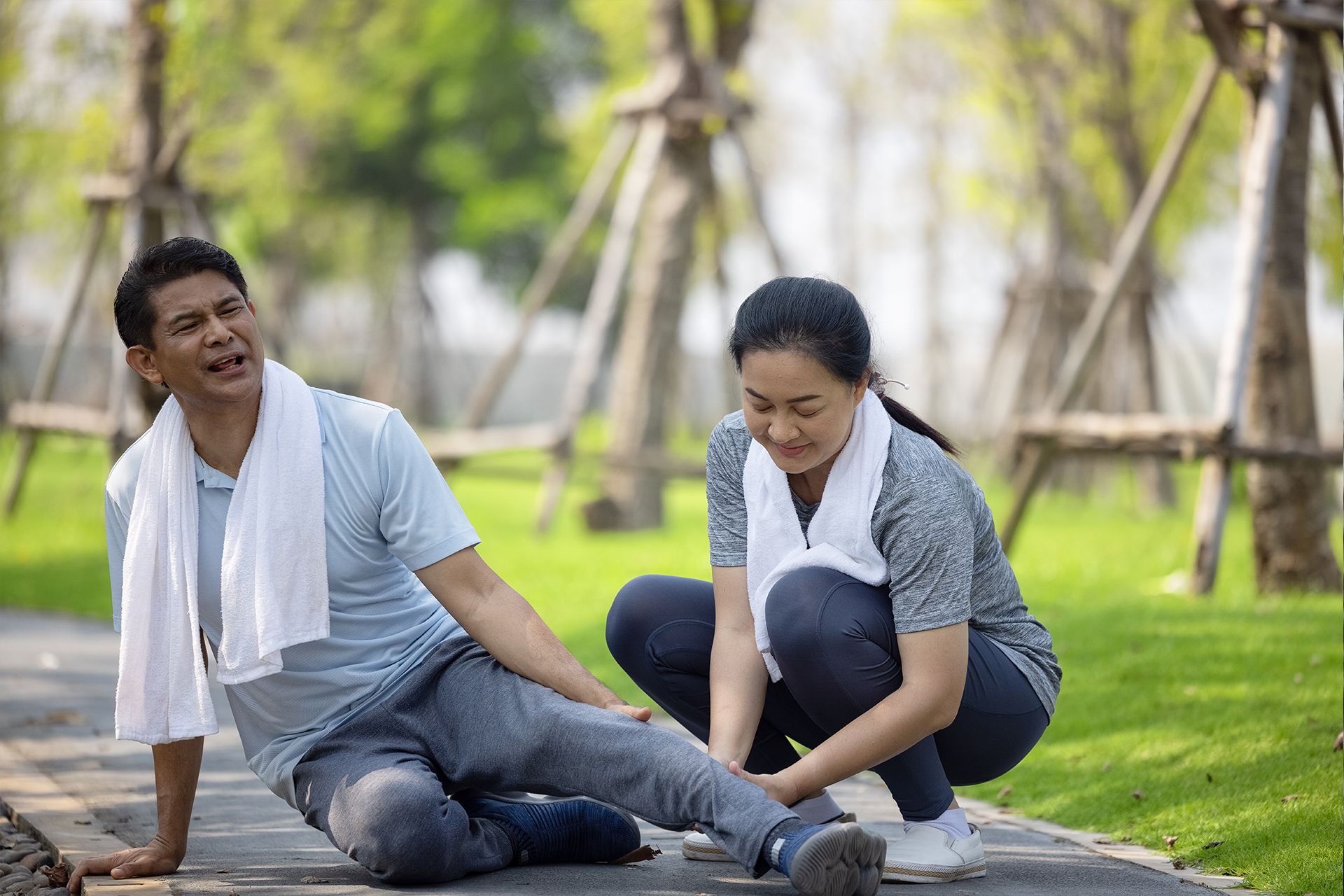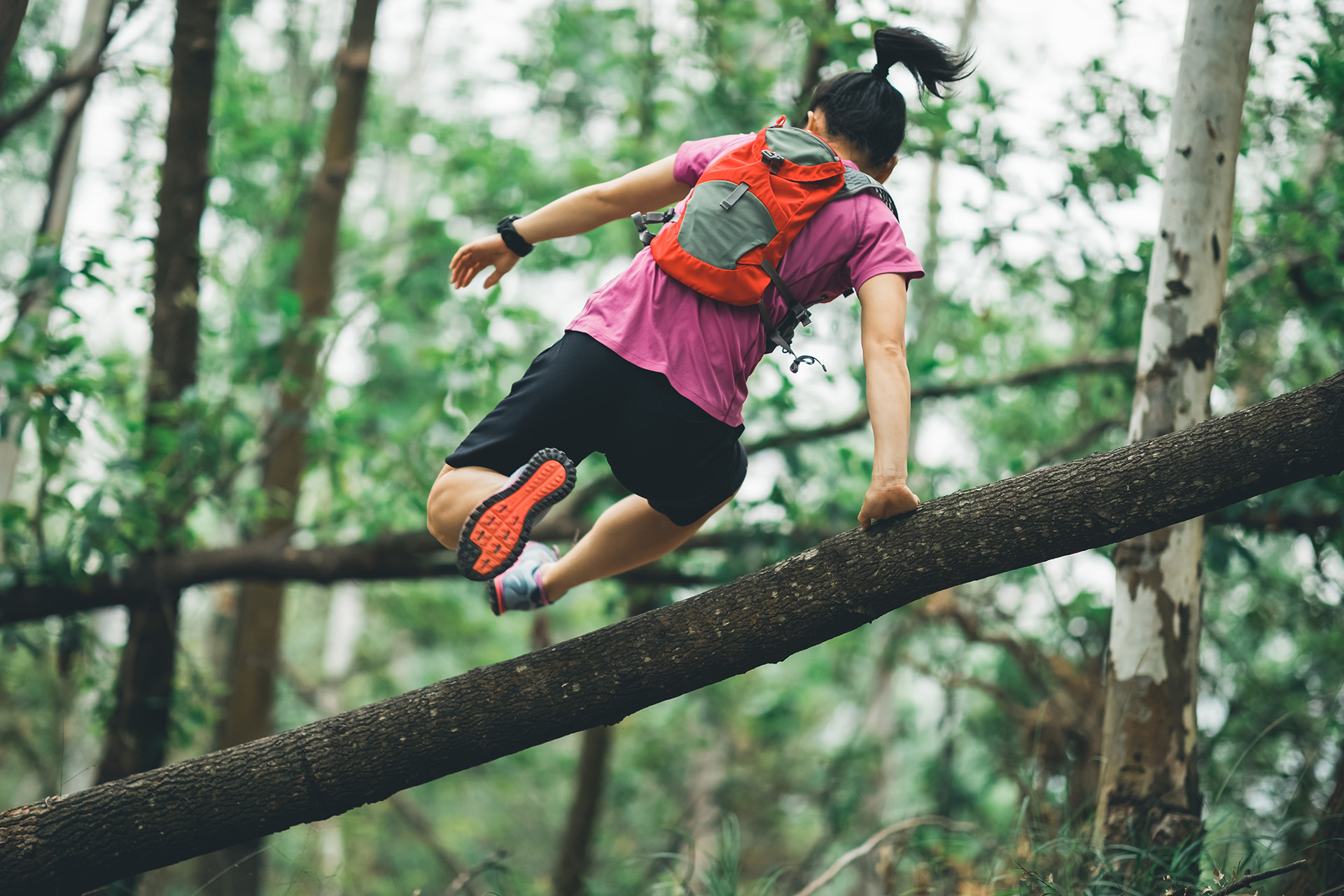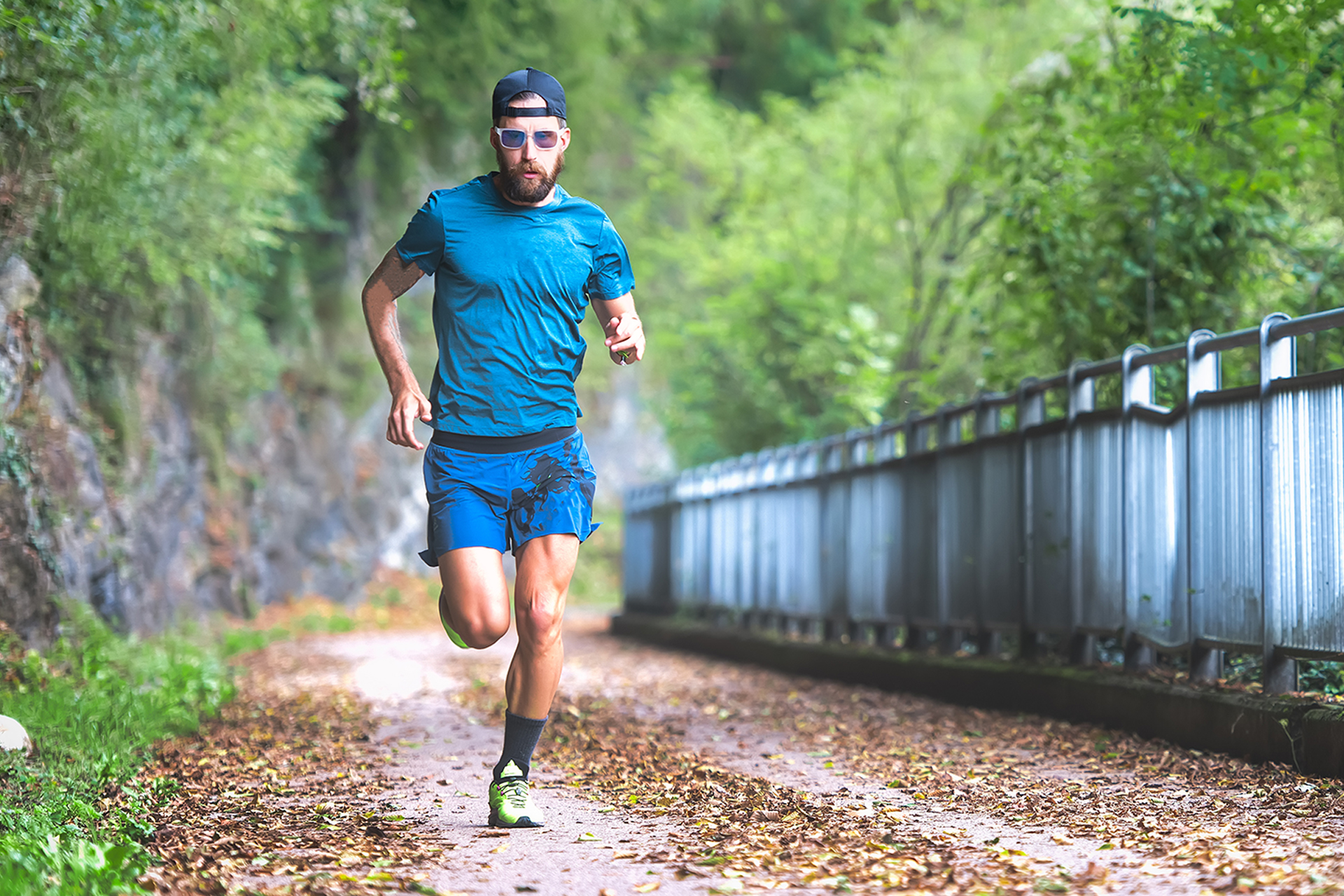I received my first Garmin watch this past December following three flirtatious years of internet stalking and envious FOMO of patients’ wrists adorned. My much-loved retro Casio has become time-dated in the past once again.
From waking up in the morning to check the quality of my sleep; mapping my runs, rides or flights (no, no not in Superman fashion but stairs); or, the simple head bounce while listening to music without the need to carry the cumbersome phone, my torrid affair with data proliferated into my ongoing chattering vice.
Technology was my frenemy – always present yet kept at a distant arm’s length. I refused to internet bank, preferring to spend a bright afternoon waiting in anxious anticipation with eyes fixated on the ticket numbers in queue to meet the teller. I resisted linking my home door access with my phone. And, I kept Alexa from making a home visit to meet the kids. The more convenience a piece of tech would likely help ease my life, the more skeptical I was that these inanimate beings were conspiring to infiltrate my world.
Despite the reticence of adoption, I slowly succumbed to shiny digital interfaces complemented with the full-body of luscious data – e.g., cadence, heart rates, elevation levels (and don’t even get me started about lactate testing) – comparing my exercises combing treasure-trove hours of voluptuously-endless statistics. I’m all-in … hook, line and sinker throwing caution to the wind delving deep into force plates and dynamometers fully embraced by evidence-backed data.
The Garmin lockout was an abrupt pause in my new relationship. The intermittent break, however, gave me time to reflect without being kitted-out and smothered by datapoints. I even swooned my Bluetooth-embedded Under Armour Hovr’s (the most comfortable runners in my arsenal) and without the ‘beatastic’ tunes of music to focus on the inward sound of only the pace of my breath. My feet hitting the ground one stride after another. The satisfaction of just running. Removing all the self-prescribed expectations, judgements, and adjustments, I went back to the basics.
Growing bodies of research suggests that taking a more primordial approach to running by simply adjusting to the natural rhythm of our body is a more effective way of enjoying an injury-free run.
Datapoints may be useful for high-level functioning athletes to seek marginal gains; to reassure that their training programs are on the right track; and, to motivate. But, sometimes, just sometimes; however, a stat is just that … a number that can detract from the pure art of the journey itself and persuade us away from listening to the most complex, internal monitoring system of the body itself.
Increasing evidence suggests that one factor overrides all others when it comes to injury prevention and rehabilitation: footwear comfort. Whilst trying to cherry-pick details of a Journal of Sports Science Medicine study, a single presiding factor of footwear comfort appeared as utmost to reduce the incidence of injury. Another study published in the Journal of Sports Sciences with The Australian National Rugby League found that rotating footwear during training also resulted in statistically-significant fewer injuries, rather adorning just a single pair [1].
A subsequent research paper found that increasing lower-limb comfort in high-level footballers also reduce injury risks, “The constraints of an uncomfortable shoe may lead to the adaptation of a more monotonous running style to stay in the least uncomfortable movement path. This finding may partially explain a previously described higher injury risk when exercising in the footwear of lower comfort, as more repetitive forces could increase the risk of overuse injury.”
We can potentially deduce that by reducing comfort-levels when exercising we increase the risk of compensatory mechanisms leading to injuries. Our bodies are often the first responders when it comes to alerting our bodies of potential issues. As we are bombarded by the haptic “noise” of daily tapping, we shun our innate biometric sensors in lieu of new, state-of-the-art shiny toys.
Benito Nigg (et al.) found in their study, “The data regarding the relationship between impact characteristics and ankle pronation to the risk of developing a running-related injury is reviewed and based on the lack of conclusive evidence for these two variables, which were once thought to be the prime predictors of running injuries, two new paradigms are suggested to elucidate the association between footwear and injury [2]. These two paradigms, ‘the preferred movement path’ and ‘the comfort filter’, suggest that a runner intuitively selects a comfortable product using their comfort filter that allows them to remain in the preferred movement path. This may automatically reduce the injury risk and may explain why there does not seem to be a secular trend in running injury rates.”
To tech or not to tech? That is not the question we should be asking ourselves.
The real question to address is how much the majority of us – who, let’s face it are not high-level functioning superathletes – should focus on comfort and listen to our bodies first versus having the Matrix-world of data assimilate us beyond our own thresholds.
Tuck into a pair of comfortable runners and hit the road … no expectations required!
Bu if you are recovering from an injury, looking to prevent future injuries, or simply want to see how you can improve your performance, read more about how our Sports Podiatry services can benefit you.
Sources
[1] Michael A. Kinchington, Kevin A. Ball & Geraldine Naughton (2011) Effects of footwear on comfort and injury in professional rugby league, Journal of Sports Sciences, 29:13, 1407-1415, DOI: 10.1080/02640414.2011.593041
[2] Nigg B, Baltich J, Hoerzer S, et alRunning shoes and running injuries: mythbusting and a proposal for two new paradigms: ‘preferred movement path’ and ‘comfort filter’British Journal of Sports Medicine 2015;49:1290-1294.






